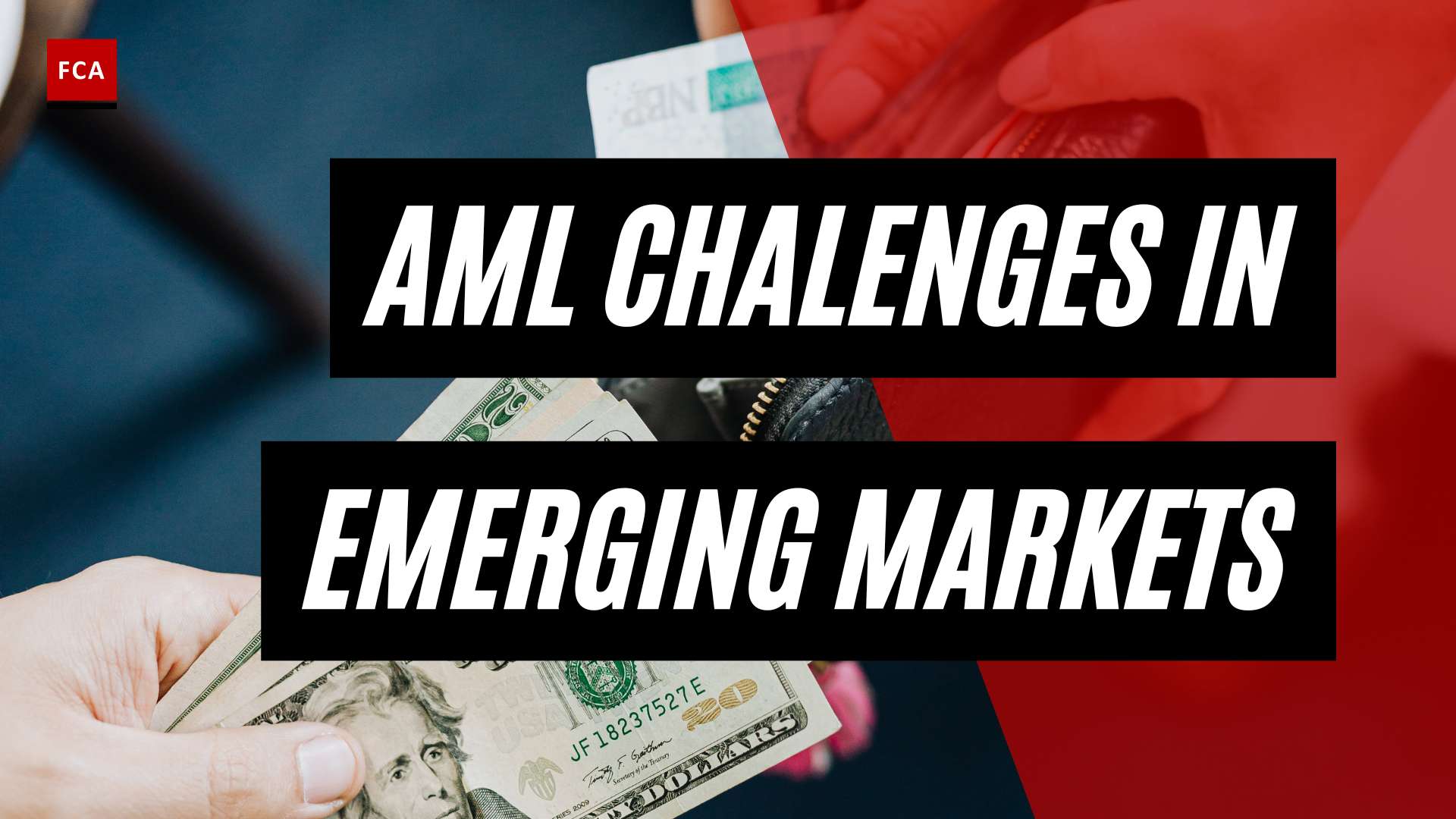Relevant KYC Red flags indicator are warning signs that point to a possible money laundering or terror financing scheme. Businesses and federal authorities actively monitor KYC/AML red flags and suspect customers or business entities to confirm their suspicions. The AML red flags make it simple to detect and prevent money laundering.

KYC Red Flags: Politically Exposed Person
A politically exposed person (PEP) is defined by the Financial Action Task Force (FATF) as an individual who is or has been entrusted with a prominent public function. Due to their position and influence, it is recognized that many PEPs are in positions that potentially can be abused to commit money laundering (ML) offenses and related predicate offenses, including corruption and bribery, as well as conducting activity related to terrorist financing (TF).
Red Flags of politically exposed person:
- The deposit or withdrawal of substantial amounts of cash from an account.
- The refusal to provide CDD documentation on beneficial owners/controllers.
- The frequency with which deposits or withdrawals are made that is inconsistent with the financial institution’s understanding of the PEP customer.
- Payments received from or requests to make payments to a third party unknown or unrelated to the PEP.
- Money flows associated with personal and commercial activities that are difficult to differentiate from one another.
- PEP financial behavior that is inconsistent with the lawful or anticipated activity of the customer is classified.
- After a time of dormancy, a company account or commercial connection is brought back to life.
- The client is unable or unwilling to give information or plausible reasons to establish a business relationship, open an account, or execute a transaction with the merchant.
- For no prominent business or another purpose, the client maintains a large number of accounts.
- A pattern of frequent early loan repayments.

KYC Red Flags: Shell Companies
Anonymous shell companies are one of the most widely used methods for laundering the proceeds of crime and corruption. Organizations are required to follow the best practices and recommendations, such as proposed by FATF, to get rid of the cloak of secrecy concerning the ultimate owner of a company, foundation, association, or any other legal person, and prevent their misuse for crime and terrorism.
Red Flags of Shell Companies. Below are the transactions or events, which require the generation of red flags, for review and investigation:
- The customer is both the ordering and beneficiary customer for multiple outgoing international funds transfers.
- The connections between the parties are questionable or generate doubts that cannot be sufficiently explained by the client.
- Finance is provided by a lender, whether a natural or a legal person, other than a known credit institution, with no logical explanation or commercial justification.
- Loans are received from private third parties without any supporting loan agreements, collateral, or regular interest repayment.
- The transaction is occurring between two or more parties that are connected without an apparent business or trade rationale.
- The transaction is a business transaction that involves family members of one or more of the parties without a legitimate business rationale.
- The transaction is a repeat transaction between parties over a contracted period.
- The transaction is a large or repeat transaction, and the executing customer is a signatory to the account but is not listed as having a controlling interest in the company or assets.
- The transaction is executed from a business account but appears to fund personal purchases, including the purchase of assets or recreational activities that are inconsistent with the company’s profile.
KYC Red Flags: High-Risk Jurisdictions
The term “jurisdiction risk” has typically referred to the additional risk created by investing in, or lending cross border to, a foreign country in the context of credit facilities.
High-risk jurisdictions are those having weak AML/KYC regulatory requirements and higher ML/TF activities. The customers of the organization may belong to different jurisdictions or may have business relationships with the residents of different jurisdictions. This creates the risk of ML/TF because, there may be situations when the country or jurisdiction to which the customers belong or have business relationships, may have weak or poor AML/KYC controls.

Below are the jurisdiction risks red flags related examples of red flags, which require review and investigations:
- The deposit of substantial amounts from an account maintained in another jurisdiction.
- The refusal to provide CDD documentation on beneficial owners/controllers.
- The frequency with which deposits are made from another jurisdiction that is inconsistent with the financial institution’s understanding of the customer.
- Payments received from or requests to make payments to a high-risk jurisdiction.
- The client is unable or unwilling to give information or plausible reasons to establish a business relationship, in a high-risk jurisdiction.
- For no prominent business or another purpose, the client maintains a large number of accounts in a high-risk jurisdiction.
KYC Red Flags: Product Risk
Product risk is the risk that products or services offered to the customers may be misused by the customers, for money laundering or terrorist financing activities.
Below are the product risks red flags related examples of red flags, which require review and investigations:
- The development, and offering of the product without research and ML/TF risk assessment.
- The refusal to provide the need, or use of the product by the customer.
- Excessive requests for the particular product, without apparent need and purpose.
- A pattern of frequent early loan repayments.
- Transfers are regularly made that are labeled as loans from family members.
- Funds have been transferred to a charity or non-profit organization linked to a terrorist organization.
Final Thoughts
While it is impossible to completely eliminate instances of money laundering, businesses can certainly reduce them by heeding the above red flags. These indicators will assist businesses in remaining vigilant, identifying individuals with malicious intent, and dealing with such incidents effectively.









